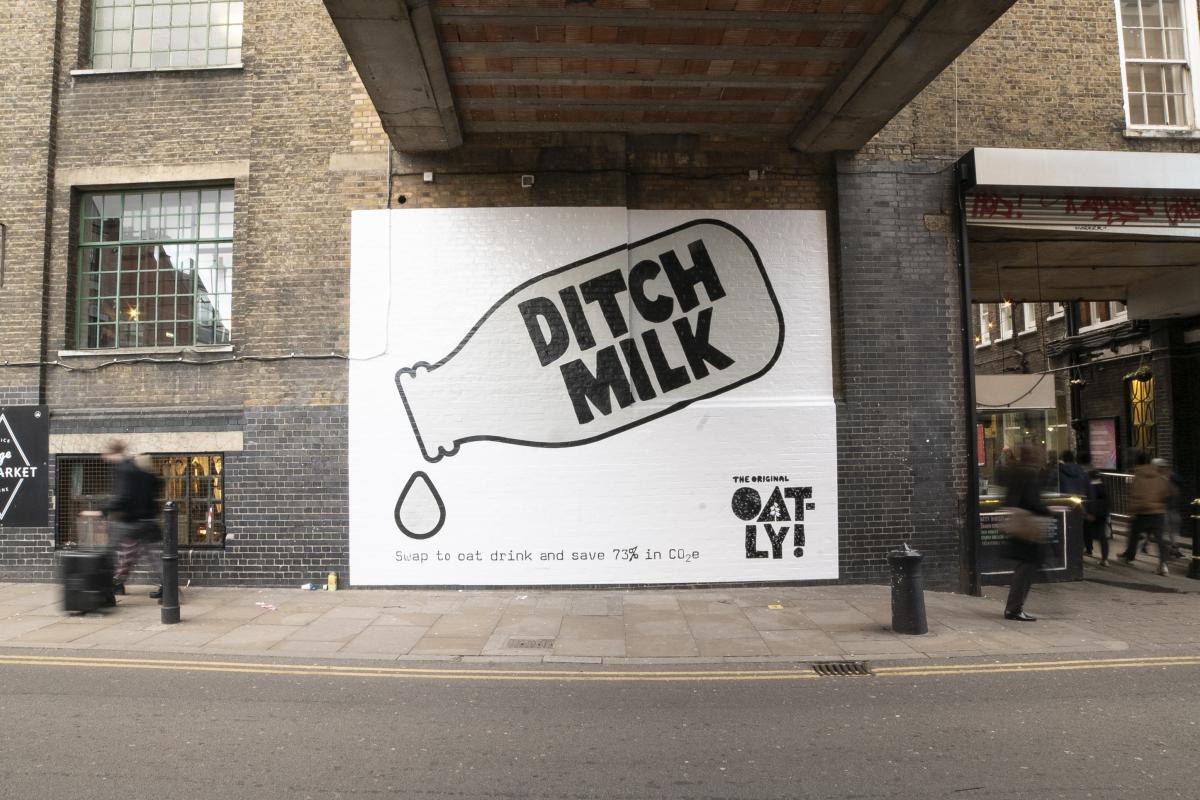The industry is awash with it. Brave brands, brave marketing, brave campaigns, our very own brave awards. Brave is the new benchmark and rightly so as let’s face it, who wants to be responsible for cowardly marketing?
From Cancer Research UK’s recent advertising campaign that mimicked cigarette packets to Oatly’s irreverent out of home advertising, there is some seriously brave creative out there. Rest assured though, there’s also plenty that’s not.
This is the point. How do you ‘do’ brave?
Let’s start by agreeing what we mean by brave. Turning to the Cambridge English Dictionary, we find brave defined as: ‘showing no fear of dangerous or difficult things’.
Note the word ‘showing’. It’s not a question of having no fear, but of not showing it. To quote George R. R. Martin from A Game of Thrones (and why not), “Bran thought about it. ‘Can a man still be brave if he’s afraid?’ ‘That is the only time a man can be brave,’ his father told him.”
Unless we believe that our brave brands and agencies are staffed entirely by fearless warriors of the industry, then this take on bravery must be true and we must look at corporate culture to find our answers. Why? Because bravery can only thrive in a culture that encourages it. If you see one brave soul presenting a concept, playing devil’s advocate or questioning how things are done, and seeing them being supported and encouraged to do so, then it’s a whole lot easier to do the same. If you feel safe, then you are empowered to be brave.
Particularly for creatives, bravery means risk. For every Marmite concept (and was love/hate a brave or a calculated creative move?), there’s many more that didn’t make it or didn’t work. Being brave means embracing failure, which is a tougher sell in the boardroom. But without failure, we can’t grow and evolve. Nurturing a culture where it’s OK to fail is perhaps the bravest thing we can do, and key to the brands that are nailing this.
From the top down, leaders have to build a culture where it’s OK to take risks and where failure is part of a company’s fabric. This does not mean chucking money down the drain on bad ideas, it means having the clarity of vision at a senior level that enables the right decisions to be made. Empower those around you to prod and poke your vision with fresh thinking and ideas but retain clarity to determine what gets the green light and what doesn’t. Take a risk. Test a concept. Do something unexpected. Don’t stick to what works because one day it will stop working.
So, if being brave means nurturing a culture that’s not afraid of failure, then we should look beyond individual company culture and shine a light on the industry as a whole. Inevitably, we are a competitive lot but we are also smart and talented. To be truly brave, let’s ask ourselves:
Can we collaborate more?
Can we ask each other for help?
Can we share our knowledge meaningfully?
Can we work cross discipline?
Can we work differently?
The answers to these questions can be found in tech, innovation, new ways of working and new ways of communicating, but they can also be found by simply talking more. Sharing ideas and knowledge, asking for help and questioning each other. In the spirit of the 2019 Turner Prize nominees who asked to be considered by the judges together and not individually, perhaps it is the power of collaboration that’s the real key to bravery.



